Blogs / Medical Coding
Why Medical Coding Audits Are More Critical Than Ever
17 June, 2025

Healthcare organizations lose an estimated $36 billion annually in lost revenue, denied claims, and penalties due to coding errors and incomplete documentation. Providers spend $10.6 billion each year fighting denials and rework. With payers ramping up pre- and post-payment reviews, making audits a strategic priority is more crucial than ever.
1. Ensure Compliance with Evolving Regulations
The Centers for Medicare & Medicaid Services and the Office of Inspector General have expanded audit programs. Recovery Audit Contractors alone recovered over $2 billion in improper payments in fiscal year 2021. Regular coding and documentation audits help you stay aligned with:
| Regulation | Effective Date | Audit Focus |
|---|---|---|
| ICD-10 | Oct 1, 2015 | Code specificity, sequencing, completeness |
| PDGM | Jan 1, 2020 | Home health payment accuracy, documentation |
| OIG Work Plan | Annual | Fraud indicators, high-risk documentation |
2. Optimize Revenue & Minimize Denials
Coding errors drive a significant share of claim denials. In 2022, 11 percent of all claims were denied, and coding-related denials surged 126 percent in 2024 compared with the prior year.
| Approach | Pros | Cons |
|---|---|---|
| Reactive Denials Management | Addresses actual denials | Appeals backlog; delayed cash flow |
| Proactive Coding & Documentation Audits | Prevents errors before claims submission; higher clean-claim rates | Requires initial resource investment |
By adopting quarterly audits and targeted spot-checks, many organizations achieve stronger cash flow, fewer appeals, and a leaner billing team.
3. Enhance Patient Safety & Care Quality

Incomplete or inaccurate documentation not only threatens revenue but also patient safety. Up to one in 10 patients is harmed during care, and as many as 80 percent of those harms are preventable. Integrating documentation audits into your Clinical Documentation Improvement program helps:
- Uncover chart omissions that lead to treatment delays
- Standardize problem lists and care plans across disciplines
- Improve risk-adjustment accuracy for quality reporting
Stronger documentation supports safer, more effective care pathways.
4. Drive Operational Efficiency & Staff Engagement
When audits are structured as a collaborative workflow, they empower your team and streamline processes. In 2024, many organizations ramped up retrospective audits by 10 percent and prospective audits by 275 percent, demonstrating a shift toward proactive performance management.
Sample Audit Workflow
- Define scope and sample size (for example, 150 charts per quarter)
- Leverage AI-assisted coding tools for initial flagging
- Conduct paired reviews with coders and clinicians
- Translate findings into targeted training and EHR updates
When staff see direct links between audit feedback and improvements, fewer denials, faster claims turnover, they become active partners in continuous improvement.
5. Enable Data-Driven Decisions & Measure ROI

A robust audit program generates the data you need to justify ongoing investment. Key metrics include:
- Clean-claim rate (claims paid without resubmission)
- Denial rate by error category
- Average reimbursement per encounter
Many organizations recoup their audit-program investment through reduced denials and administrative savings within 9 to 12 months, turning audits into a clear strategic advantage.
How We Chose These Top 5 Reasons
Our methodology balanced five criteria:
- Regulatory Impact – Alignment with CMS RAC and OIG priorities
- Financial Leverage – Potential revenue recovery and denial reduction
- Patient Safety – Contribution to harm prevention and quality metrics
- Operational Feasibility – Clear workflows and technology integration
- Strategic Insight – Forward-looking trends such as ICD-11 readiness
Each criterion was weighted to deliver maximum value for compliance, revenue, and care quality.
Conclusion
J’S Vision Code turns coding and documentation audits into a powerhouse for compliance, revenue optimization, patient safety, and operational efficiency. By partnering with us, you gain a tailored audit program that adapts to regulatory changes, drives measurable financial results, and engages your team in meaningful quality improvements. Let J’S Vision Code transform your audit process into a strategic asset for success in 2025 and beyond.

